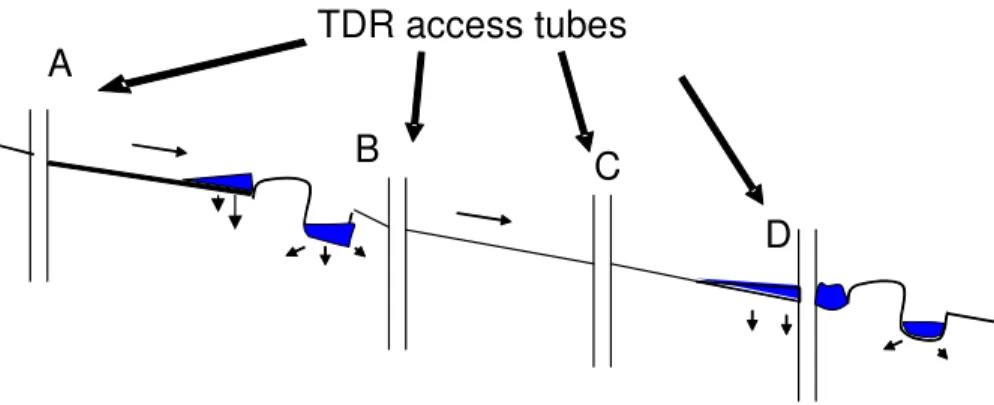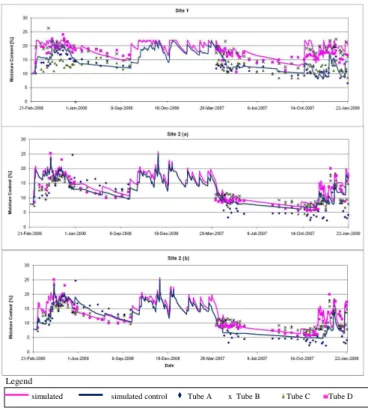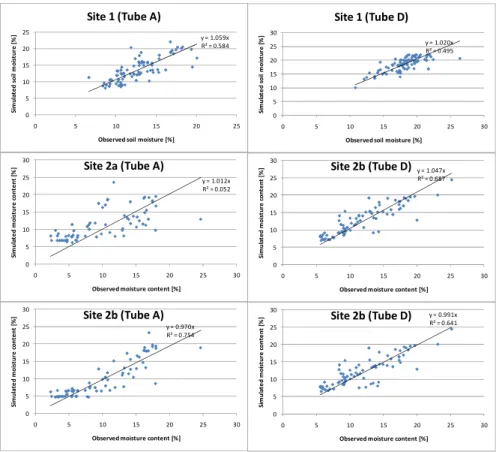Modelling field scale water partitioning using on-site observations in sub-Saharan rainfed agriculture
Texto
Imagem




Documentos relacionados
The clayey soil provided on average 43 mm more water depth retention in 0.50 m soil deep relative to the sandy loam soil, and reduced 5.6 mm the crop cycle soil moisture
relative soil moisture content is for all the rainfall scenarios more or less the same. The temporal variance in soil moisture is overestimated when using rainfall information
The impact of climate variations in spring on summer soil moisture, and the impact of soil moisture in summer on the runo ff to precipitation ratio, could potentially play a role
related indicators used in the WOCAT SLM technology questionnaire and assessed in the above described way include soil moisture, evaporation, surface runo ff , soil
The purposes of this paper are: (1) to investigate the e ff ect of di ff erent scenarios of antecedent soil moisture organisation on the runo ff in a distributed hydrologic model at
“Impact of rainfall spatial distribution on rainfall-runoff modelling efficiency and initial soil moisture conditions estimation” published in Nat.. Hazards
simulations are utilized to explain and explore di ff erences in the soil moisture response due to di ff erent vegetation types and their impact on the temporal variability of
To assess the usefulness of coarse resolution soil moisture data for catchment scale modelling, scatterometer derived soil moisture data was compared to hydrometric measure-

